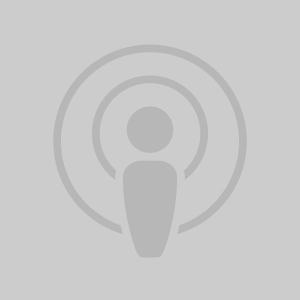
Sign up to save your podcasts
Or




Jonathan Newman joins Philip Rothman for the first of a wide-ranging two-part conversation where we discuss everything from the profession of music copying to the importance of education. In this part, Jonathan, whose versatility and originality as a composer appeals to school wind ensembles and foremost professional ensembles alike, recalls his early days coming out of school and making ends meet as a copyist. He refined his craft for more than a decade, composing all along the way and becoming an expert in music notation software.
We talk about his use of the venerable DOS-based SCORE application and why Jonathan still has a soft spot for it, even as he’s gone on to use Finale, Sibelius, and now Dorico to create his compositions. He tells us why he eventually set aside copying professionally to focus on composing, and how those years spent on music preparation paid off in getting top quality performances of his music. Jonathan and I also talk through some watershed moments in the evolution of the software we use, like the introduction of linked parts, magnetic layout, and automatic cueing, and how to marry the best of technological progress with a fundamental understanding of how music needs to be correctly notated on the page.
Photo: Tina Krohn
 View all episodes
View all episodes


 By Scoring Notes
By Scoring Notes




4.9
7676 ratings

Jonathan Newman joins Philip Rothman for the first of a wide-ranging two-part conversation where we discuss everything from the profession of music copying to the importance of education. In this part, Jonathan, whose versatility and originality as a composer appeals to school wind ensembles and foremost professional ensembles alike, recalls his early days coming out of school and making ends meet as a copyist. He refined his craft for more than a decade, composing all along the way and becoming an expert in music notation software.
We talk about his use of the venerable DOS-based SCORE application and why Jonathan still has a soft spot for it, even as he’s gone on to use Finale, Sibelius, and now Dorico to create his compositions. He tells us why he eventually set aside copying professionally to focus on composing, and how those years spent on music preparation paid off in getting top quality performances of his music. Jonathan and I also talk through some watershed moments in the evolution of the software we use, like the introduction of linked parts, magnetic layout, and automatic cueing, and how to marry the best of technological progress with a fundamental understanding of how music needs to be correctly notated on the page.
Photo: Tina Krohn

5,985 Listeners

524 Listeners

1,288 Listeners

2,139 Listeners

4,180 Listeners

73 Listeners

87,390 Listeners

2,169 Listeners

510 Listeners

16 Listeners

2,214 Listeners

15,938 Listeners

477 Listeners

666 Listeners

1,427 Listeners